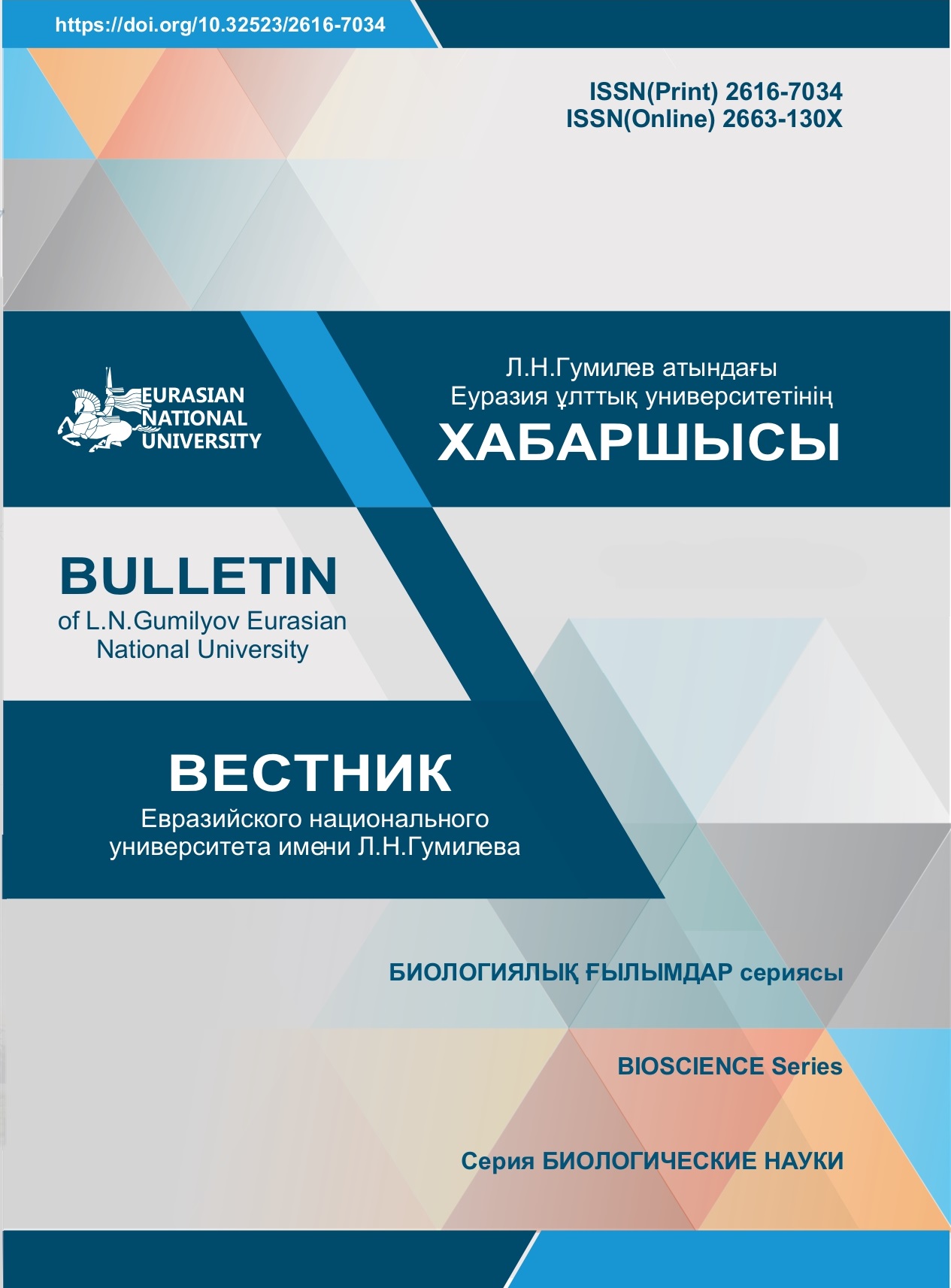Связь между участием в боевых действиях и риском коморбидных кардиометаболических, сердечно-сосудистых заболеваний у ветеранов Афганской войны
Просмотры: 179 / Загрузок PDF: 170
Ключевые слова:
сердечно-сосудистые заболевания (ССЗ), кардиометаболические заболевания, ветераны войны, коморбидность, артериальная гипертензия (АГ), ишемическая болезнь сердца (ИБС)Аннотация
В последнее время социально-политические и экономические преобразования в мировом сообществе приводят к увеличению числа межнациональных, религиозных, территориальных и ряда других конфликтов. Данные противоречия и рост числа вооруженных столкновений ведут к нарушению психического и соматического здоровья людей. Кроме того, лидирующую позицию в Казахстане, как и во всем мире, в структуре потери трудоспособности и увеличению преждевременной смертности среди взрослых лиц выступают сердечно-сосудистые заболевания. Так, в результате исследования нами была выявлена высокая распространенность заболеваний сердечно-сосудистой системы у ветеранов Афганской войны, где наиболее часто диагностировали артериальную гипертензию (АГ) у 55,9% и ишемическую болезнь сердца (ИБС) у 30,7% ветеранов. С другой стороны, нарастает число проблем коморбидных состояний у исследованных с ИБС и цереброваскулярными заболеваниями (ЦВЗ) (у 100%), на втором месте ИБС и АГ (у 82,4%), далее по частоте встречаемости - остеоартроз (ОА) (у 35,8%), нервно-психические расстройства (у 27,5%), сахарный диабет (СД) 2 типа (у 18,3%). Соответственно изменяется клиническая картина болезни, что ведет к увеличению частоты госпитализаций, длительности стационарного лечения и снижается эффективность медикаментозной терапии пациентов.
Таким образом, несмотря на длительность прошедшего времени, травматическое событие продолжает сказываться на психоэмоциональном и физиологическом состоянии ветеранов войны, став хроническим. Главным образом, отражаясь в виде нарушений со стороны сердечно-сосудистых и кардиометаболических заболеваний, осложняясь сочетанными патологиями. Необходимость более раннего выявления категории лиц с кардиологическими и метаболическими заболеваниями, и оптимизации реабилитационных мероприятий остается важной областью исследований для обеспечения надлежащего ухода, поддержки общего благополучия и качества жизни ветеранов.








